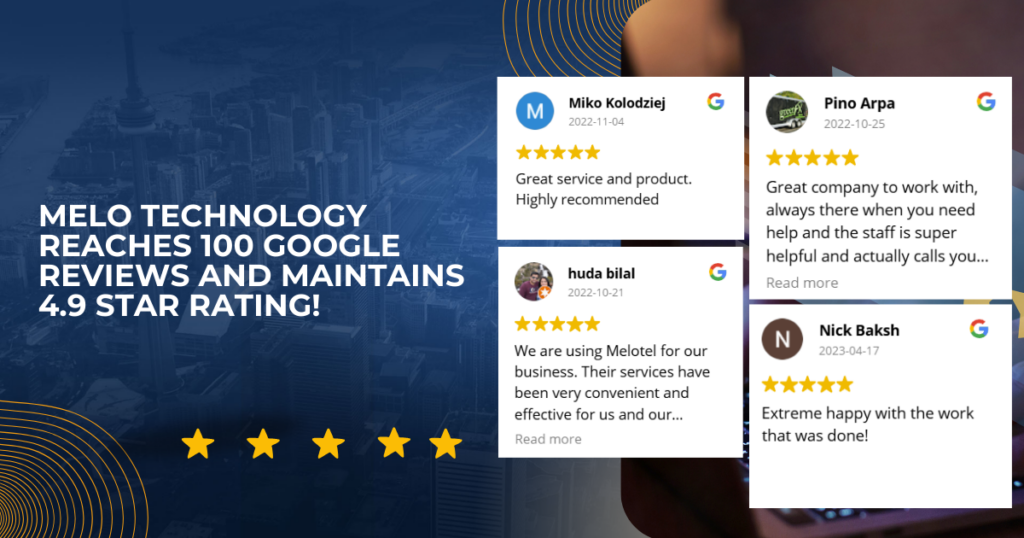
Blog
Over A Billion Android Devices Are At Risk Of Being Hacked

Some pretty interesting news in the world of telecommunications was released last week. As reported by Cillian O’Brien of CTV News on Friday, more than a billion Android devices are at risk of being hacked because they are no longer protected by security updates. Citing research from the U.K.’s Which? magazine, O’Brien reveals that 40 percent of Android users all across the world are no longer receiving security updates from the Google operating system.
Android users are at risk of being hacked.
Because of the absence of security updates, these Android users are now at risk of data theft, ransom demands and malware attacks. Experts at Which? conducted their own tests on a number of Android phones and tablets and discovered just how easily they can be hacked.
The tests involved asking antivirus lab AV Comparatives to try to infect five test phones with malware. Those devices were a Motorola X, a Samsung Galaxy A5, a Sony Experia Z2, a LG/Google Nexus 5 and a Samsung Galaxy S6. “It succeeded on every phone, including multiple infections on some,” reports O’Brien.
Which? released their findings in a press release on March 6th.
“Researchers tested a range of phones including models from Motorola, Samsung, Sony and LG/Google and found vulnerability to hacks including enabling personal information to be stolen, a hacker to take complete control over the phone or large bills for services that the phone owner hasn’t used themselves,” says the press release.
“Recently out-of-support devices won’t immediately have problems, but without security updates, the risk to the user of being hacked goes up exponentially. Generally speaking, the older the phone, the greater the risk.”
The findings of the Which? study were reported to Google. However, the response was considered to be insufficient in terms of reassurance that Android users would be supported through any issues. Android users who have devices that were released around 2012 or earlier are the most risk of being hacked, notes O’Brien. He also points out that Which? is calling for more transparency around how long updates for smart devices will be provided so consumers can make informed buying decisions.
Kate Bevan is a computing editor at Which?. “It’s very concerning that expensive Android devices have such a short shelf life before they lose security support – leaving millions of users at risk of serious consequences if they fall victim to hackers,” she is quoted as saying in O’Brien’s article, “Google and phone manufacturers need to be upfront about security updates – with clear information about how long they will last and what customers should do when they run out.”
What can you do if your phone is at risk?
O’Brien reports that Which? has provided readers with tips on how to update an Android device to a newer version of the operating system. “To see which version of Android a device is using, open the phone’s settings app, tap system, then advanced and then system update,” he informs. Which? notes that the majority of threats come from downloading apps from outside the Google Play store.
O’Brien also reports that the publication recommends that Android users who have anything older than Android 7.0 Nougat update their phone or tablet through the system update menu. Smartphone users who are unable to update their versions of Android will be at an increased risk of a hack, especially if they are running Android 4 or lower. The current version is Android 10, however, Android 9 (Android Pie) and Android 8 (Android Oreo) are still getting security updates.









